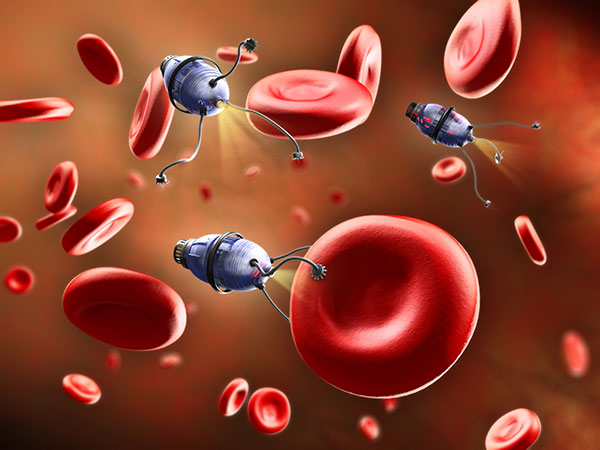Fields of competence

ROBOTNOR represents a unique synergy of academic and industrial expertise which allows us to counsel and comprehend a wide variety of tasks and projects. Our fields of competence are numerous and diverse.

Nanorobotics is an emerging and wide-spanning field. It can either be defined as a system where the dimensions of the parts approach the scale of a nanometer, or where the positional resolution approaches the scale of a nanometer.
A typical concept of a nanorobot is a controllable device at the size of bacteria, which can be used in the human body for medical purposes. This does not exist yet, but research might eventually lead us there.
A key enabling technology for building and verifying the operation of such microscopic devices is the scanning probe microscope, as such an instrument can be used for atomic resolution imaging and manipulation. Scanning probe microscopy techniques have already been used to move single atoms and build e.g. functional transistors consisting of 7 atoms measuring 4 nm in length.
Fabrication and imaging of structures consisting of a number of atoms that can actually be counted represent research challenges that span several scientific disciplines. Control engineering contributions are driven by the high performance requirements for motion control, and also encompass the development of better instrumentation for measurement and actuation.